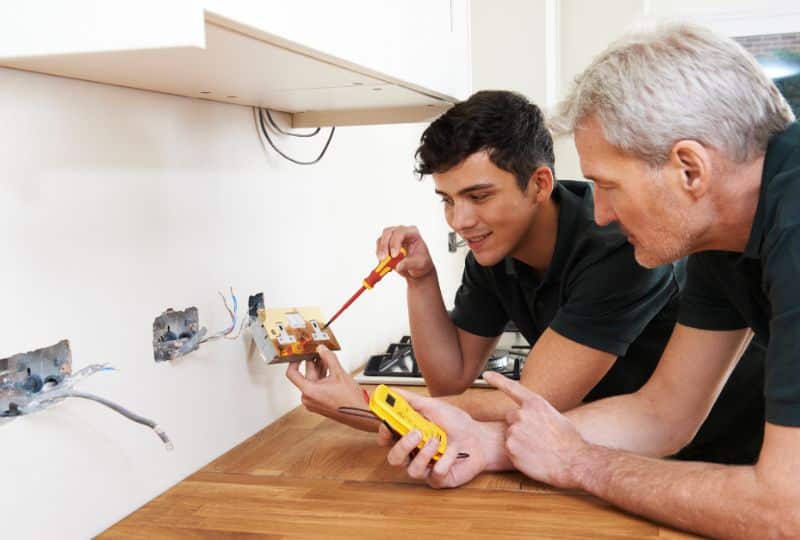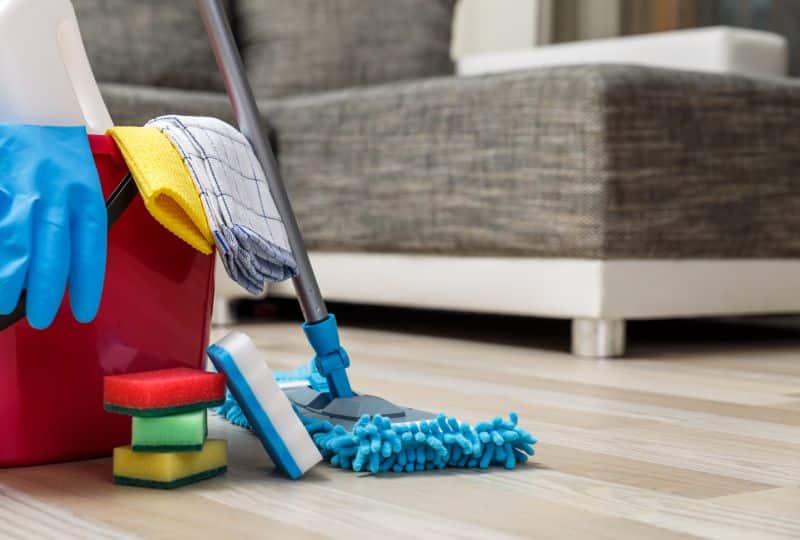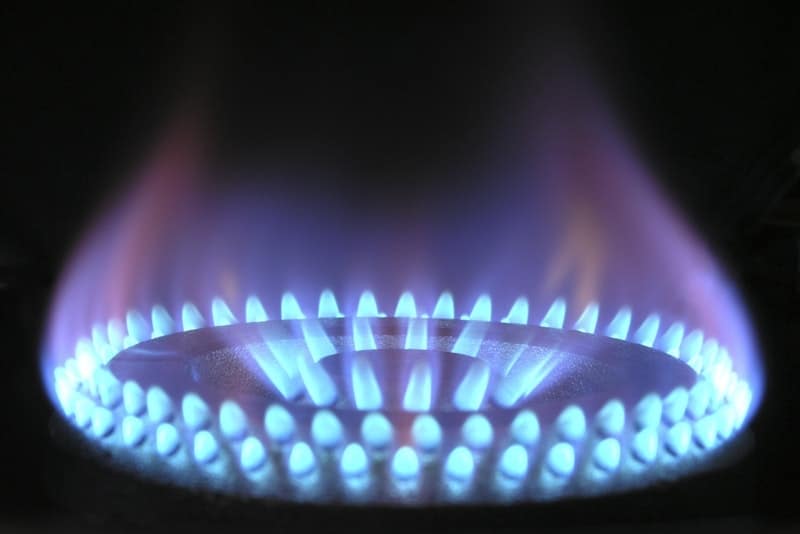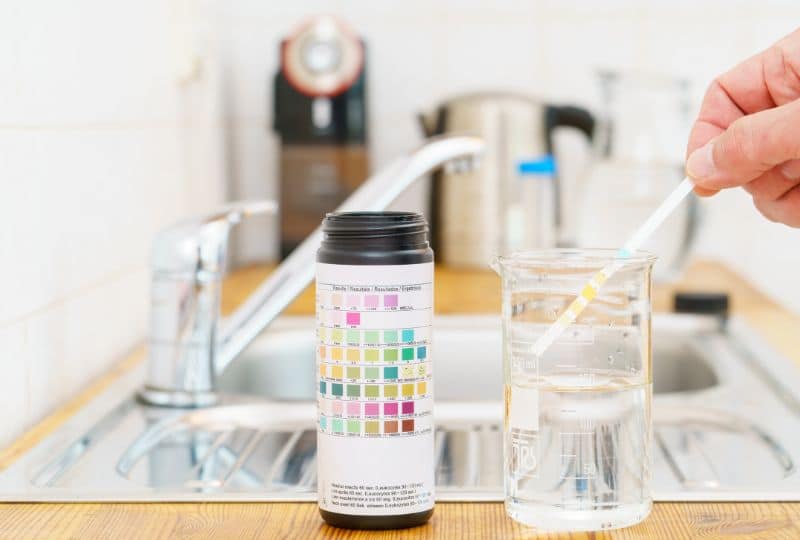When it comes to ensuring the safety and well-being of your family, you shouldn’t have to worry about your home being a source of potential danger.

While most homeowners are diligent about securing their homes against fires and theft, many overlook less apparent but equally critical safety hazards that they should be aware of.
Carbon Monoxide Poisoning
Carbon monoxide (CO) is a colorless, odorless gas produced by gas-burning appliances like stoves, furnaces, water heaters, and fireplaces. Inhaling carbon monoxide can lead to symptoms like dizziness, headaches, nausea, and, in severe cases, death.
To protect your family from carbon monoxide poisoning:
- Install CO detectors: Place carbon monoxide detectors in key areas of your home, especially near bedrooms and gas-burning appliances. Test the detectors regularly and replace batteries as needed.
- Perform regular maintenance: Ensure gas-burning appliances are properly maintained and inspected annually by a qualified technician.
Electrical Hazards
Faulty electrical wiring, overloaded circuits, and outdated electrical systems can pose serious safety risks. Electrical fires can start suddenly, causing significant damage and putting lives in danger.
To protect your family from electrical hazards:
- Schedule regular inspections: Have a qualified electrician inspect your electrical system periodically to identify and address potential issues.
- Avoid overloading: Be cautious not to overload electrical circuits with too many appliances or devices.
Falling Hazards
Slip and fall accidents are common in homes and can lead to serious injuries, especially among elderly individuals and young children. Loose rugs, clutter, and poorly maintained staircases are frequently at fault.
To protect your family from falling hazards:
- Maintain clear pathways: Remove clutter and secure loose rugs. Ensure staircases have proper handrails and proper lighting.

Image Credit: Ksenia Chernaya/ Pexels
Radon Gas Poisoning
Radon is a radioactive gas that is naturally produced by the decay of uranium in soil, rock, and water. It can seep into your home through cracks in the foundation, gaps around pipes, and other entry points. Prolonged exposure can increase your risk of lung cancer.
To protect your family from radon gas poisoning:
- Test your home: Radon levels can vary significantly from one home to another. Conduct a radon test to determine if your home has elevated levels of this gas. You can purchase DIY radon test kits or hire a professional to assess your home’s levels.
- Install a radon mitigation system: You must install a mitigation system to decrease radon levels in your home. These typically include PVC piping, a fan, and a system performance gauge to keep the concentration of this gas at a minimum.
As a homeowner, being aware of these four unassuming safety hazards and taking the necessary precautions can significantly reduce the risks to your family’s health and well-being. Regular maintenance and testing are essential in creating a safe and secure environment within your home.




Leave a Reply